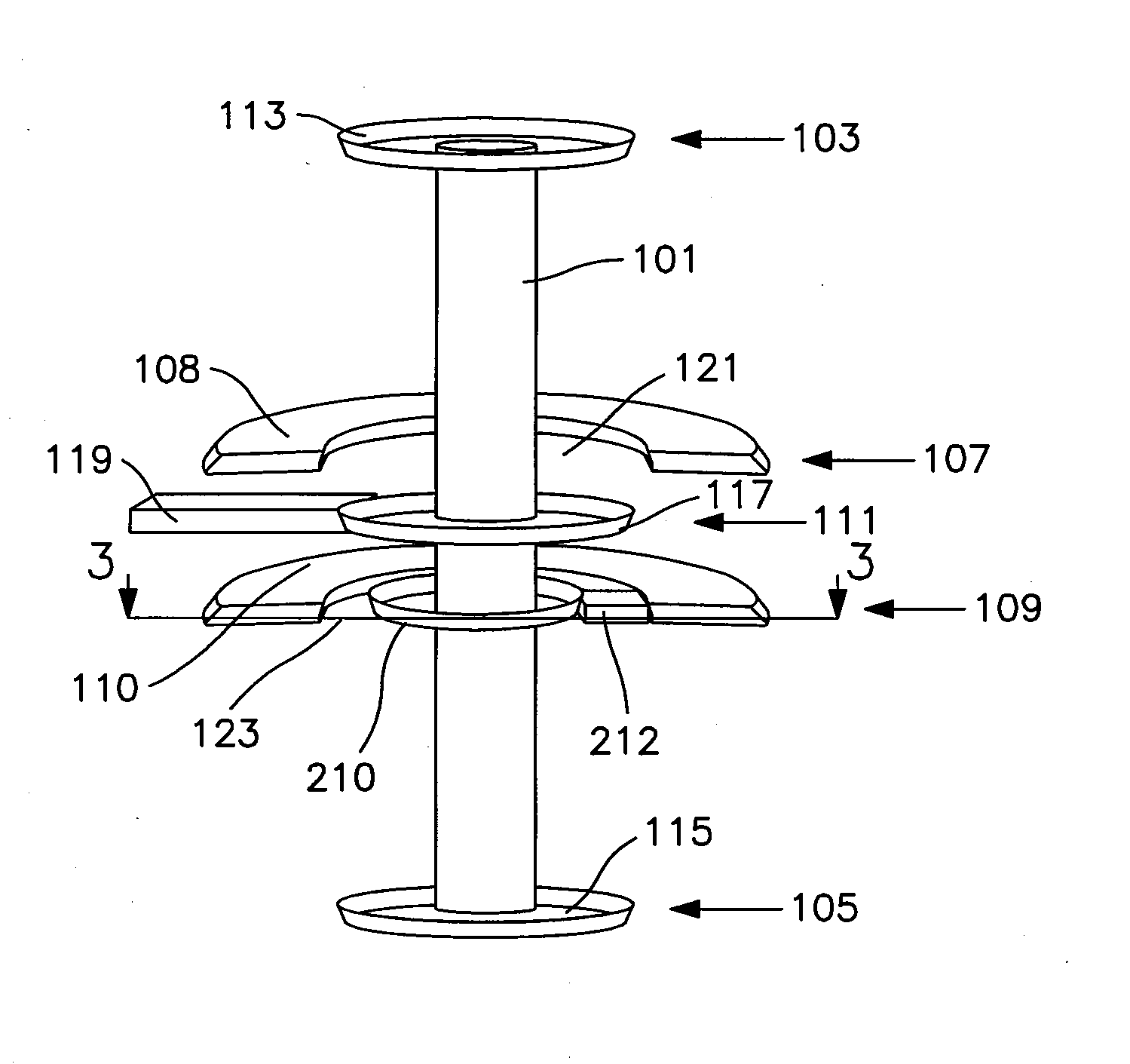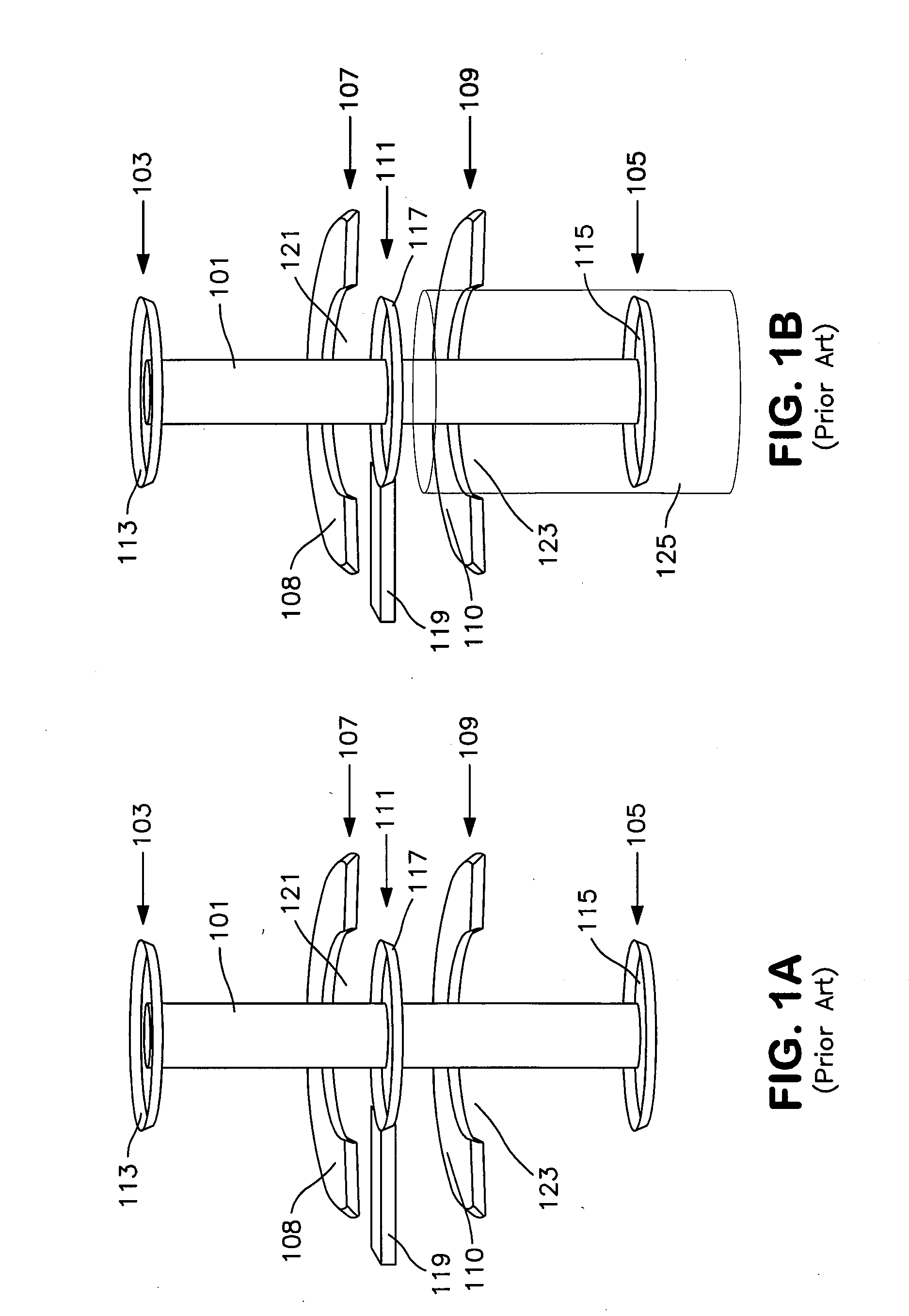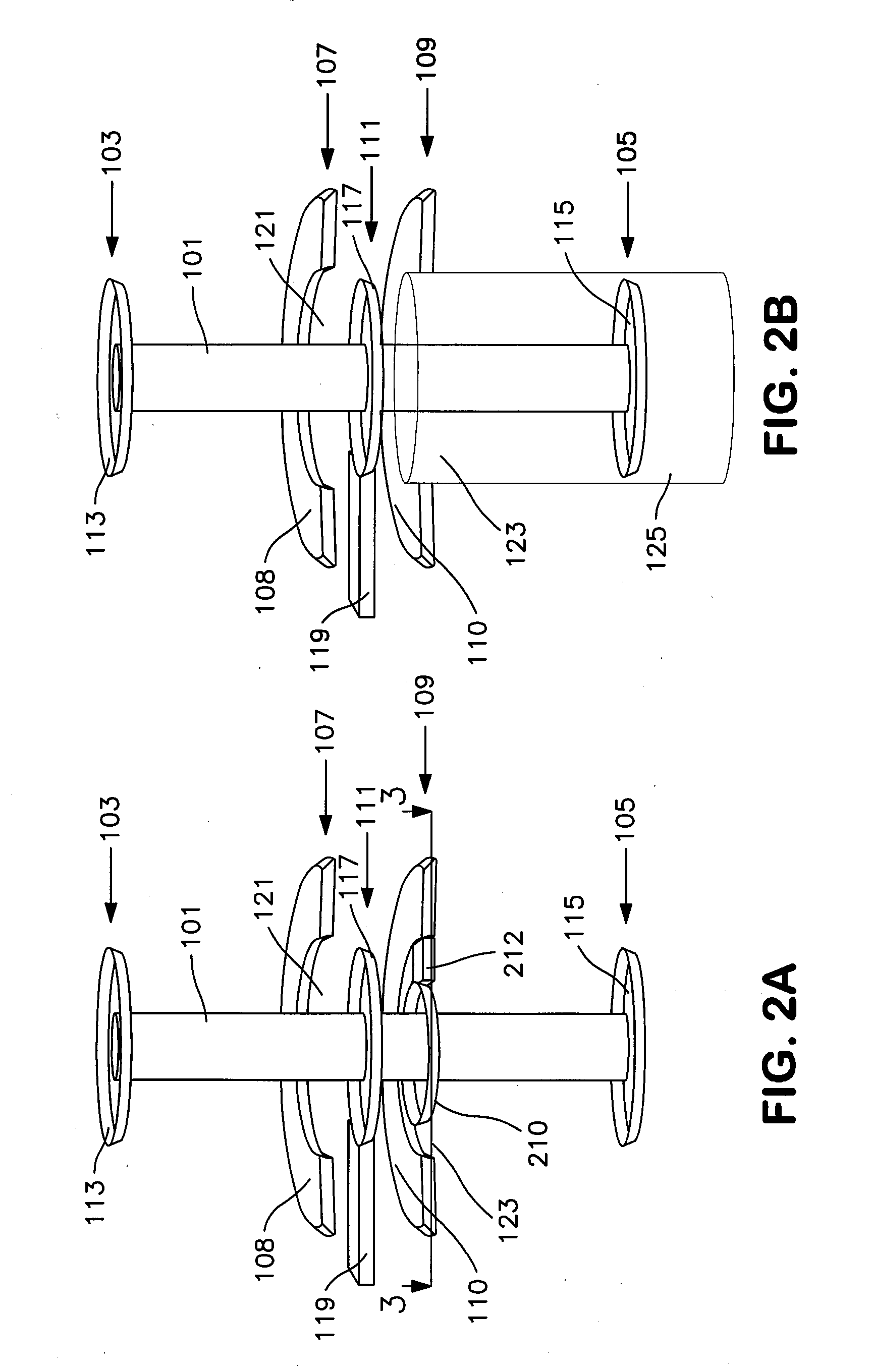Method for assuring counterbore depth of vias on printed circuit boards and printed circuit boards made accordingly
a technology of printed circuit boards and counterbore depth, which is applied in the direction of high frequency circuit adaptation, inspection/indentification of circuits, instruments, etc., can solve the problems of increased signal degradation, particularly acute problem with respect to the use of vias, and the thick pcbs of the backplane on which such connector vias are commonly found, so as to achieve the effect of easy determination
- Summary
- Abstract
- Description
- Claims
- Application Information
AI Technical Summary
Benefits of technology
Problems solved by technology
Method used
Image
Examples
Embodiment Construction
[0021]FIGS. 2A and 2B are elevation views before and after counterboring, respectively, of a via similar to the one shown in FIGS. 1A and 1B, but modified in accordance with the principles of a first embodiment of the present invention. Most of the features shown in FIGS. 2A and 2B are the same as features shown in FIGS. 1A and 1B. Hence, like components have been labeled with the same reference numerals in FIGS. 2A and 2B as in FIGS. 1A and 1B.
[0022]With reference to FIG. 2A, the top layer 103, the bottom layer 105, the upper ground plane layer 107, and the signal layer 111 are essentially unchanged from FIGS. 1A and 1B. However, the lower ground plane layer 109 differs in that, in the middle of the anti-pad 123, a conductive pad 210 has been added surrounding the via (similar in nature to pad 117 in the signal layer 111. This pad makes contact with the copper in the via 101. Furthermore, a signal path 212 has been added that runs the short distance through the anti-pad area 123 be...
PUM
| Property | Measurement | Unit |
|---|---|---|
| frequency | aaaaa | aaaaa |
| impedance | aaaaa | aaaaa |
| impedance | aaaaa | aaaaa |
Abstract
Description
Claims
Application Information
 Login to View More
Login to View More - R&D
- Intellectual Property
- Life Sciences
- Materials
- Tech Scout
- Unparalleled Data Quality
- Higher Quality Content
- 60% Fewer Hallucinations
Browse by: Latest US Patents, China's latest patents, Technical Efficacy Thesaurus, Application Domain, Technology Topic, Popular Technical Reports.
© 2025 PatSnap. All rights reserved.Legal|Privacy policy|Modern Slavery Act Transparency Statement|Sitemap|About US| Contact US: help@patsnap.com



